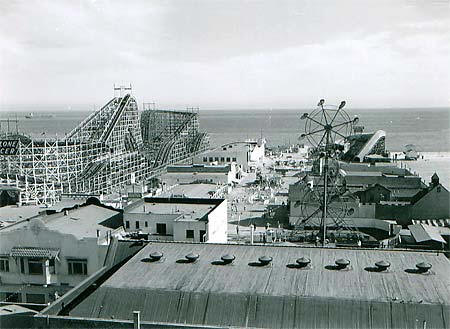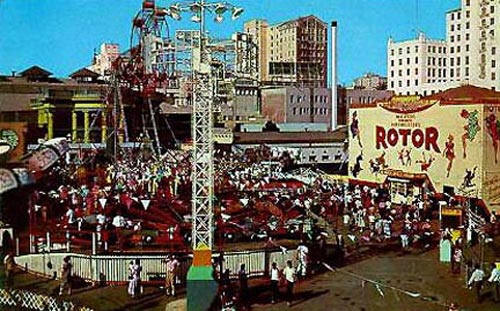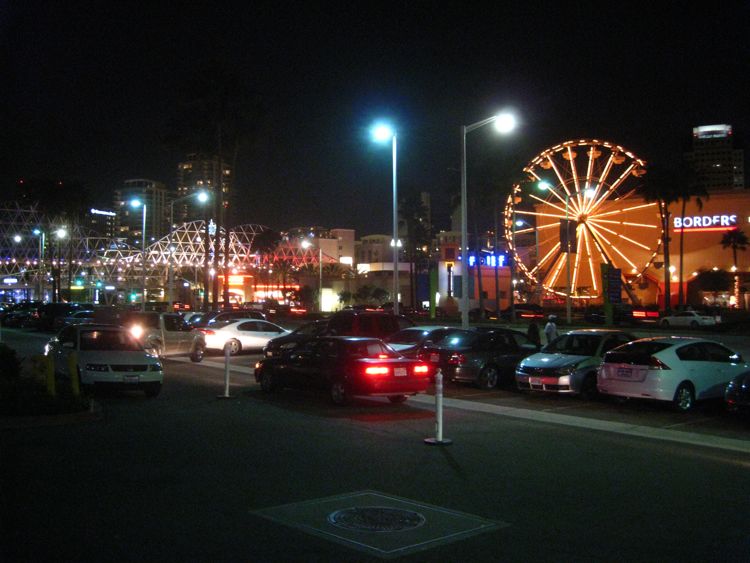Nick Turns Eleven (Page Four)
Did you know? - The term melodrama refers to a dramatic work which exaggerates plot and characters in order to appeal to the emotions. It may also refer to the genre which includes such works, or to language, behavior, or events which resemble them. It is also used in scholarly and historical musical contexts to refer to dramas of the 18th and 19th centuries in which orchestral music or song was used to accompany the action. The term originated from the early 19th-century French word mélodrame, which in turn is derived from Greek melos (music) and French drame (drama).
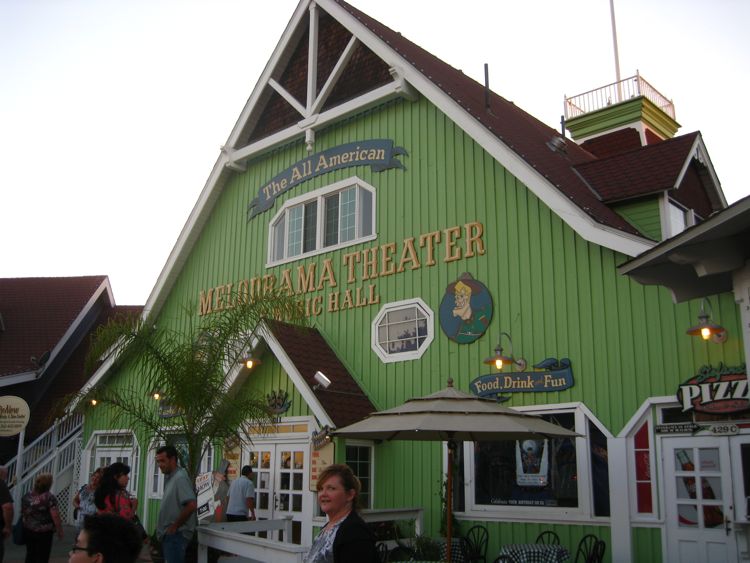




Cute Small Theater Inside
Did you know? - Beginning in the 18th century, melodrama was a technique of combining spoken recitation with short pieces of accompanying music. In such works, music and spoken dialog typically alternated, although the music was sometimes also used to accompany pantomime. The earliest known examples are scenes in J. E. Eberlin's Latin school play Sigismundus (1753). The first full melodrama was Jean-Jacques Rousseau's Pygmalion, the text of which was written in 1762 but was first staged in Lyon in 1770.
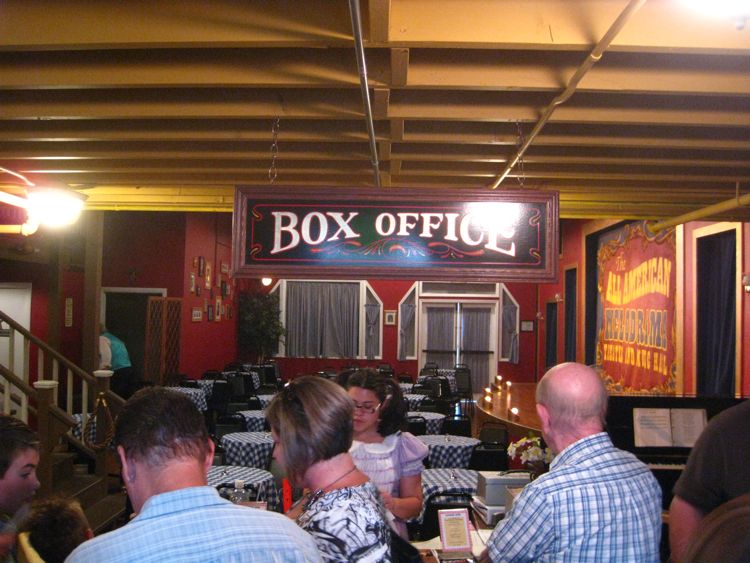
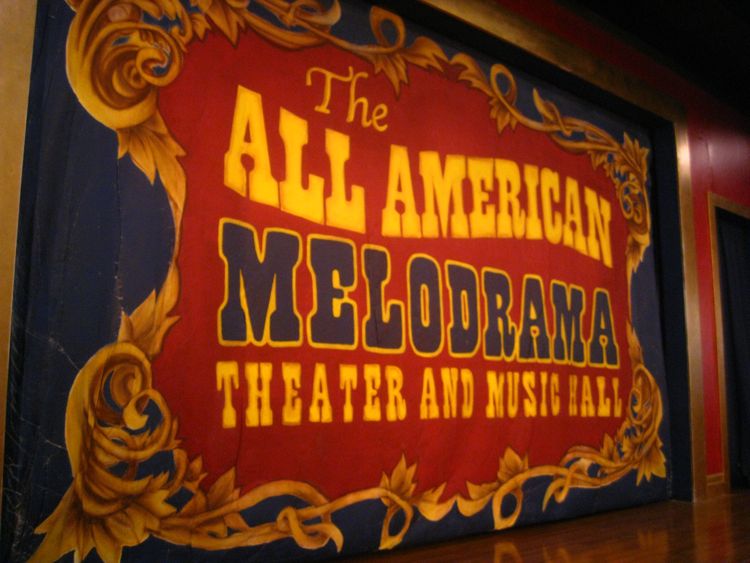

We were pretty close to the stage
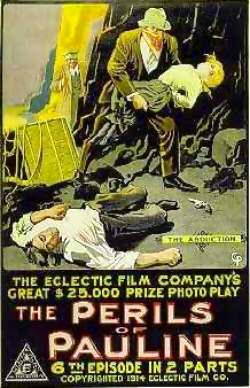
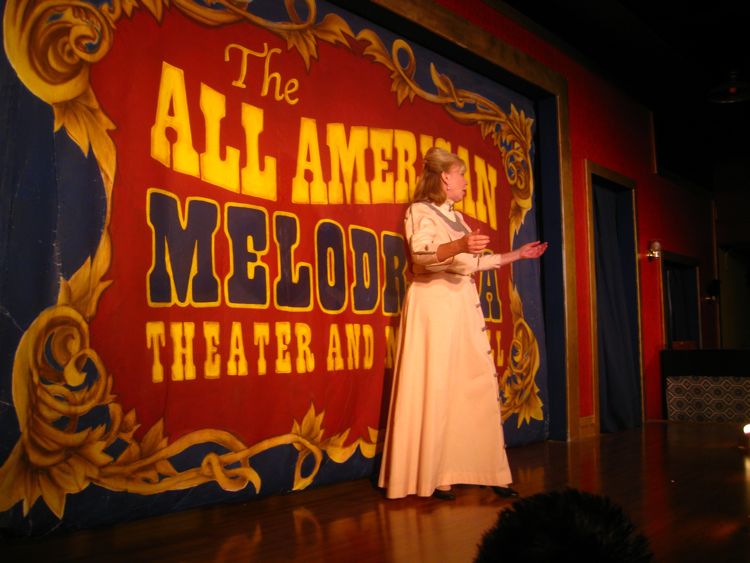
Our heroine
Did you know? - The Victorian stage melodrama featured a limited number of stock characters: the hero, the villain, the heroine, an aged parent and a comic man engaged in a sensational plot featuring themes of love and murder. Often the good but not very clever hero is duped by a scheming villain, who has eyes on the damsel in distress until fate intervenes at the end to ensure the triumph of good over evil.

Nick likes
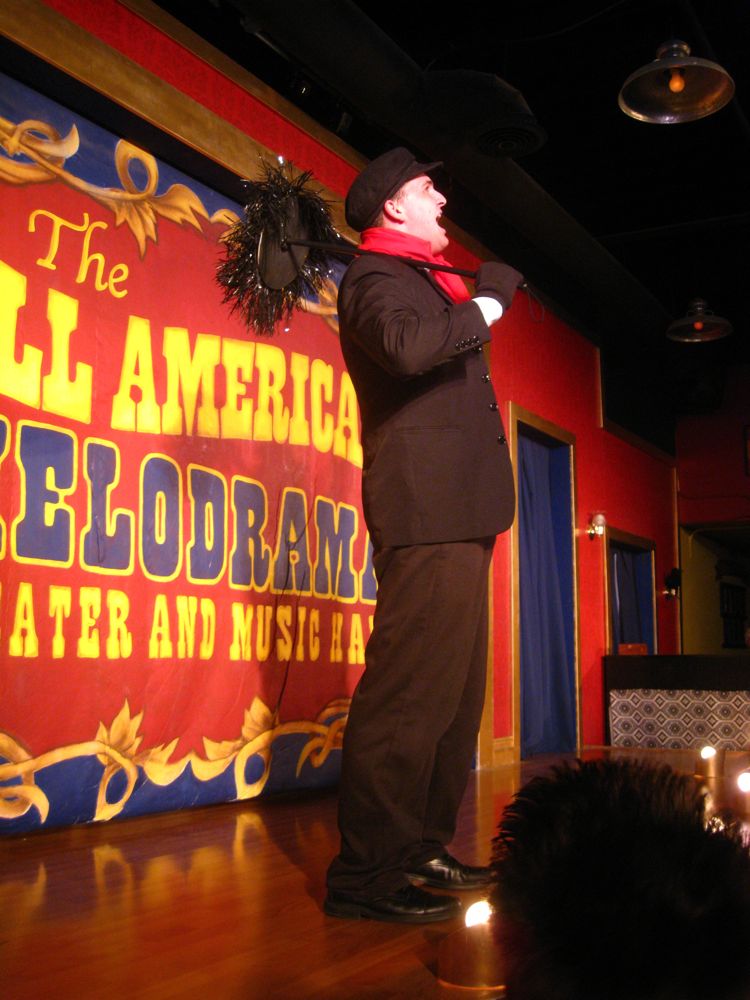
The narrator

The hero is introduced
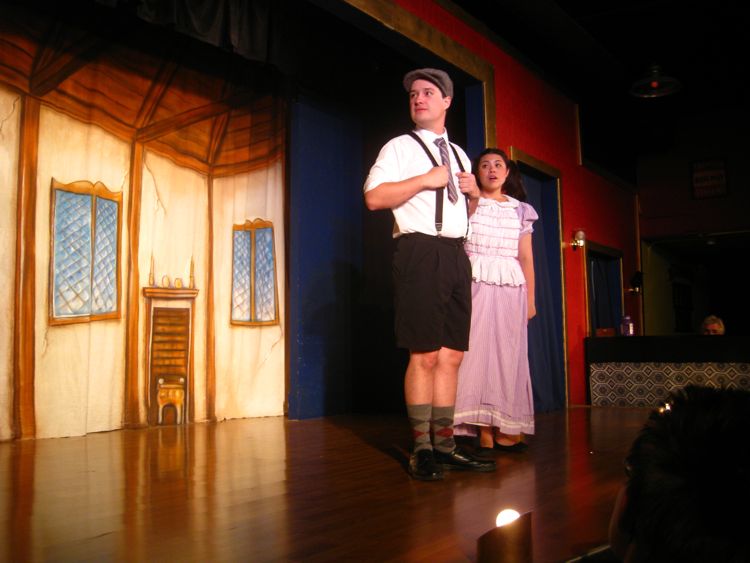
The heroes small family

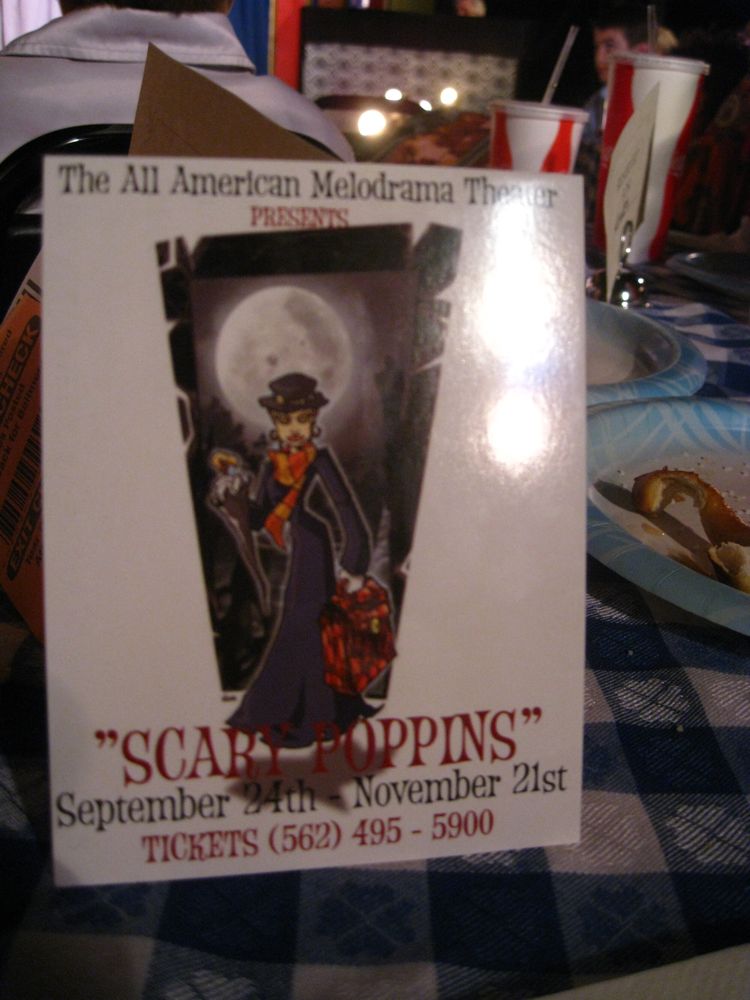
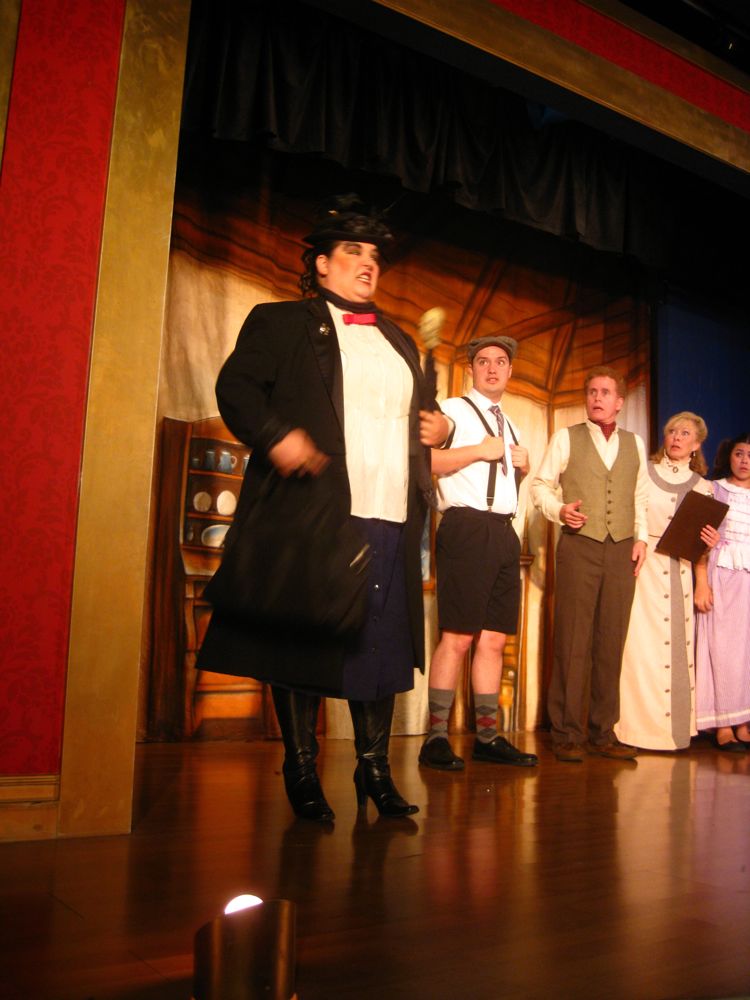
Boo.... Hiss.... Evil Scary Poppins
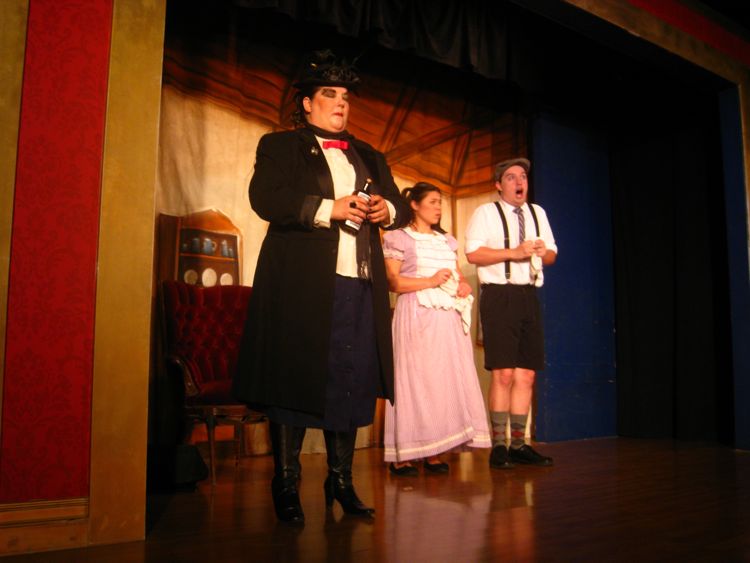

Nick wasn't the only one enjoying the play
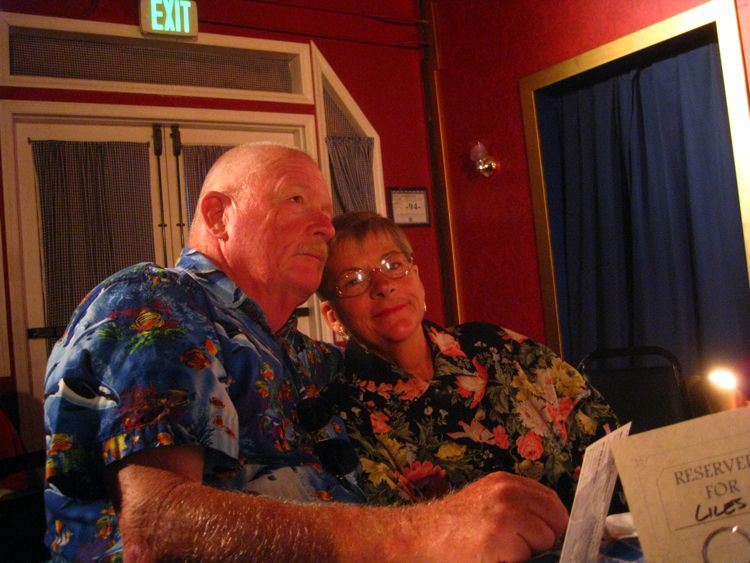
Yup, us too

Nick is almost in the play
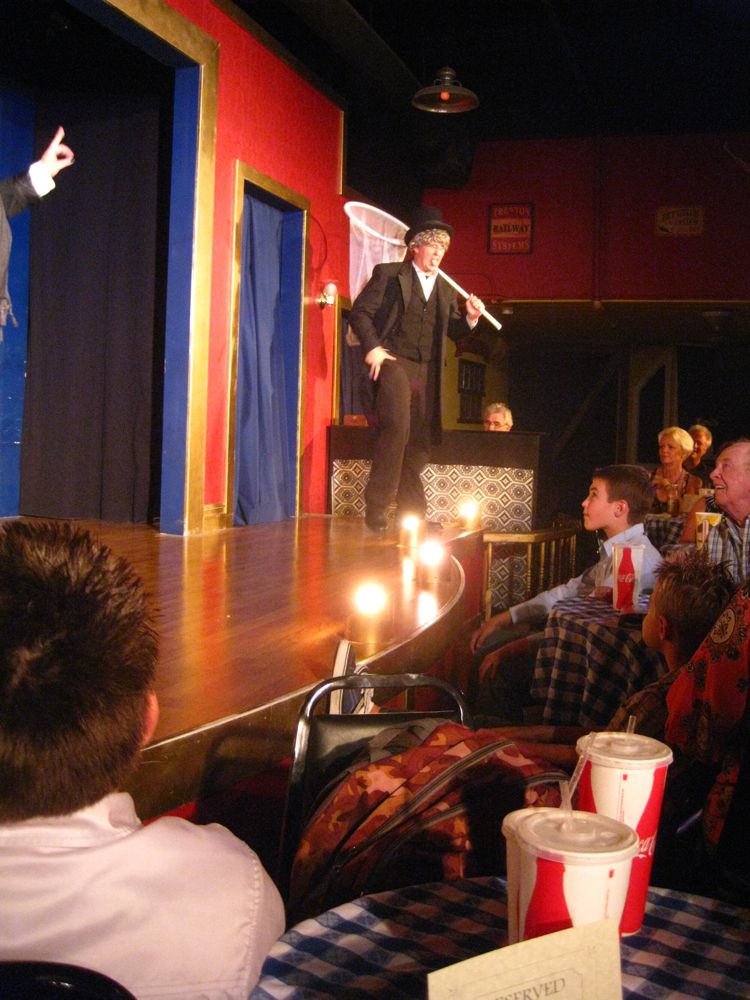

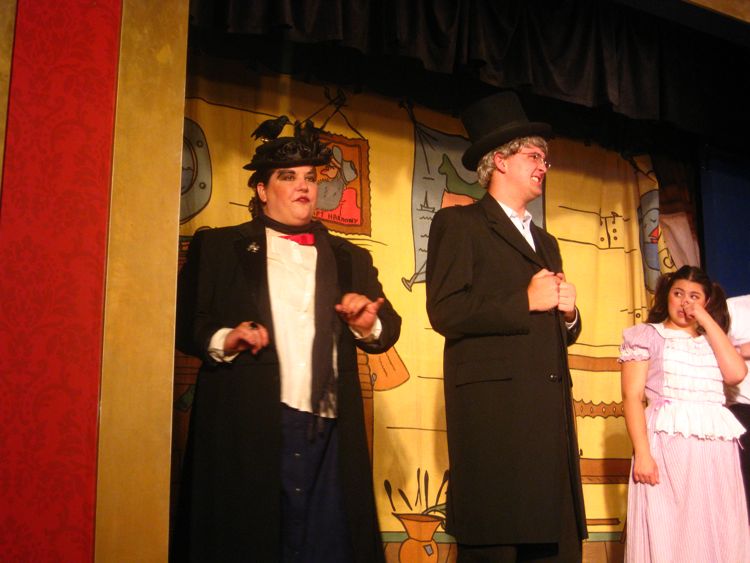





Day Is Done... Time To Go Home
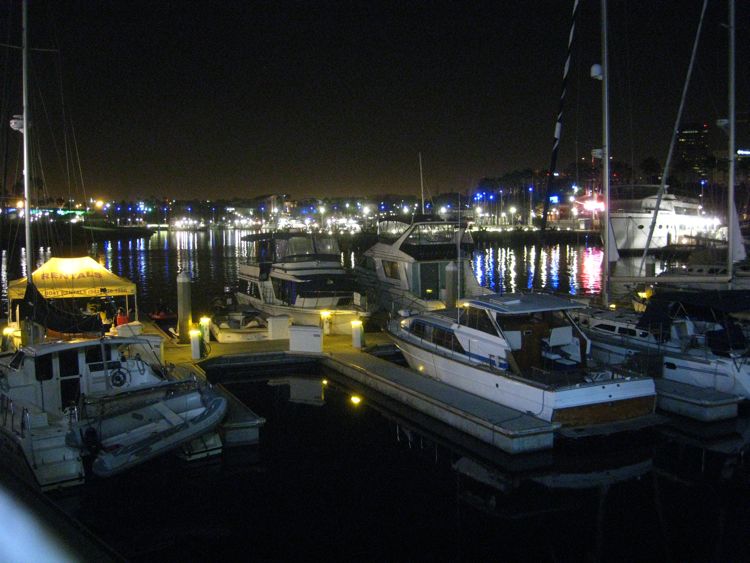




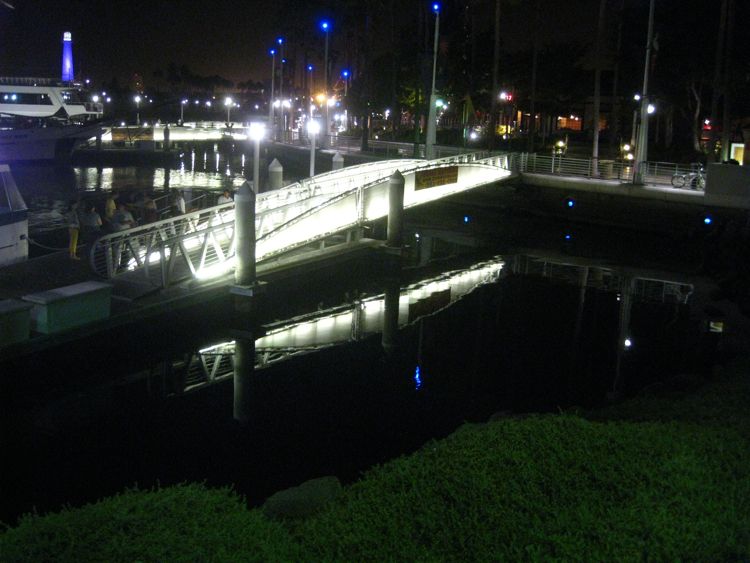
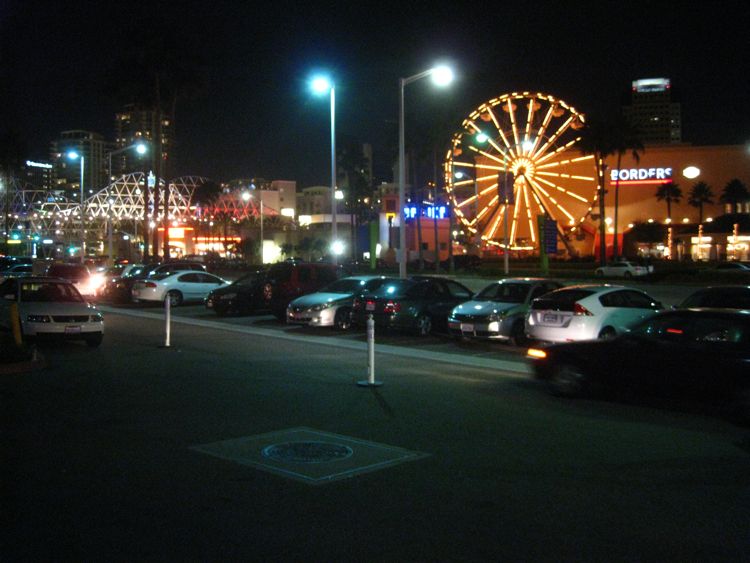
The Pike
Did you know? - The Pike was an amusement zone in Long Beach, California at the shoreline south of Ocean Boulevard with several independent arcades, food stands, gift shops and a variety of rides. Started in 1902, it was most noted for the "Cyclone Racer", a large wooden dual track roller coaster, built out on pilings over the water. The Pike operated under several names. "Silver Spray Pier", the amusement zone surrounding the pike was included along with additional parking in the post World War II expansion, it was all renamed Nu-Pike in the mid 60's, then renamed Queens Park before closure and demolition when the long-term contract with the city ran out in 1979.
The amusement park area began in 1902, as a beach and bath house resort at the southern expansion end of the Red Car interurban commuter electric railroad system Pacific Electric Railway, from Los Angeles. The opening of The Plunge bath house coincided with the extension of the "Red Car" to Long Beach on July 4, 1902.
"Pike" was the name of the wooden boardwalk on the sand which gradually grew in length widend and was later poured in concrete.[1] as a Midway of concessions, which included The Plunge bathhouse, Sea Side Studio souvenir photograpy, the Looff carousel, McGrudersalt water taffy, pony rides, goat carts, fortune teller, weight guesser and a variety of dark and thrill rides and other attraction.
